Astrantia Specialist Shares How To Lift And Divide Clumps To Keep Your Plant Healthy
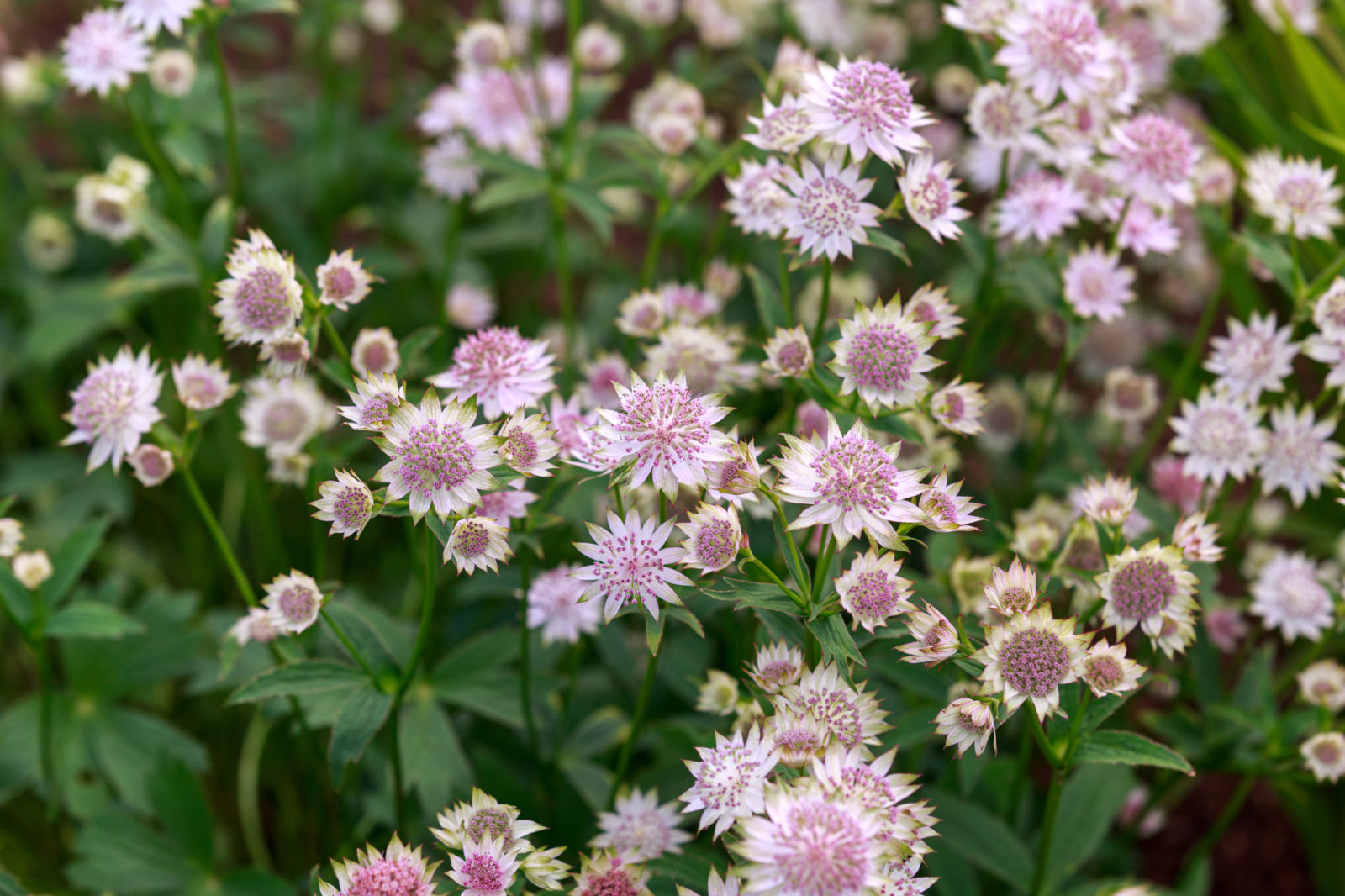
PERENNIALS > ASTRANTIA > DIVISION

Elizabeth is a Permaculture Garden Designer, Sustainability Consultant and Professional Writer, working as an advocate for positive change. She graduated from the University of St. Andrews with an MA in English and Philosophy and obtained a Diploma in Applied Permaculture Design from the Permaculture Association.
Reviewed By ROY NICOL

Roy is a Professional Gardener and Horticultural Consultant, specialising in large garden year-round maintenance and garden development. He is an RHS Master of Horticulture and uses his research in the application of no-dig methods in ornamental garden settings. Roy has been a Professional Gardener for more than six years and is a member of the Chartered Institute of Horticulture, Professional Gardener's Guild and Association of Professional Landscapers (Professional Gardener).
Contributions From CAROLINE SAMUEL

Caroline Samuel is the owner of specialist plant nursery Letham Plants. Caroline studied Horticulture at Oatridge College and during this time began growing a range of perennials that she then exhibited at major flower shows. For the last 10 years, she has specialised in Astrantia both as a garden plant and as a cut flower - culminating in a Silver Gilt Award at RHS Chelsea in 2022 for her specialist range of Astrantias.
IN THIS GUIDE
Astrantia is a charming perennial which looks great in many different garden schemes.
It complements a wide range of companions and is tolerant of a wide range of conditions, though it will absolutely thrive in moist and fertile soil in dappled shade.
Once you have Astrantia in your garden, you will no doubt find it an easy and straightforward plant to grow and one that requires little care and attention.
One job that is important is keeping an eye on mature plants, and, usually after 3-4 years or so, taking steps to ensure their ongoing health and vitality by lifting and dividing your plant.
“Astrantias are clump-forming, so if the clump gets too large, you will have to dig it up and split it,” says Caroline Samuel, from Letham Plants.
Dividing Astrantia will keep it healthy by helping to make sure it does not outgrow its present location.
“Not all astrantias set viable seed and varieties such as ‘Roma’ are sterile, so the seed will never germinate,” Caroline adds.
“Sterile varieties need to be divided to obtain more plants.”
The process involved in lifting and dividing your Astrantia is simple:
- If it has not rained recently, water the existing plant before lifting.
- Insert a spade or fork beneath the root system and gently lift the plant from the soil.
- Shake off excess soil from the Astrantia roots.
- Divide the Astrantia into several sections by cutting down with a spade through the roots.
- Replant each of the divisions.
| Difficulty | Easy |
| Equipment Required | Spade or garden fork |
| When To Divide | Spring |
1) Water Well Before Lifting
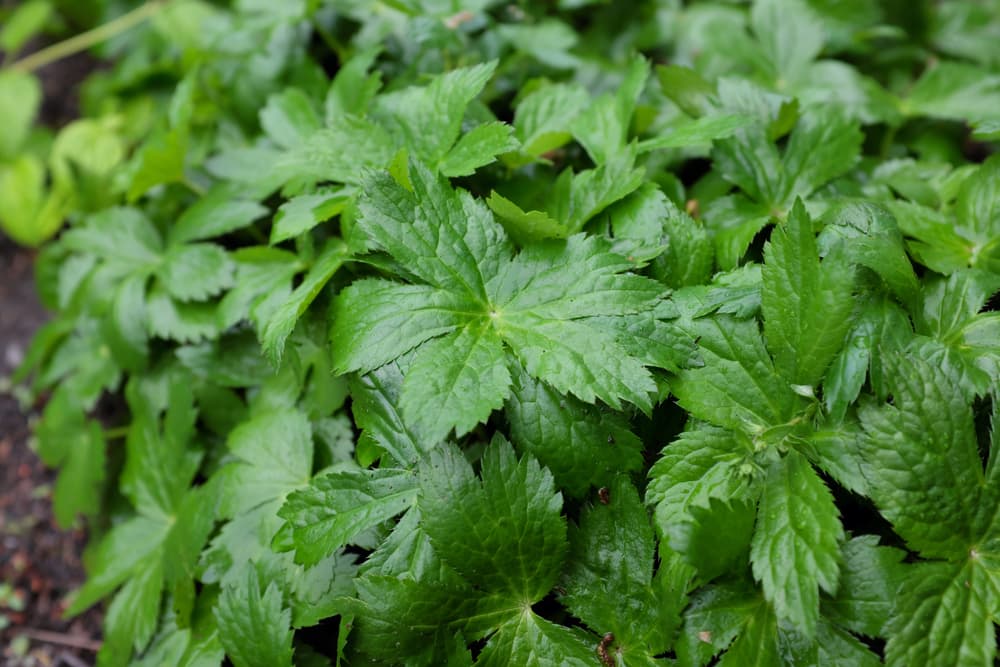
Making sure that the Astrantia has received sufficient water before lifting will help to free the roots from the soil and will also reduce the stress associated with the process.
If it has not rained recently, you should water well a day or so before undertaking the division.
2) Lift The Plant
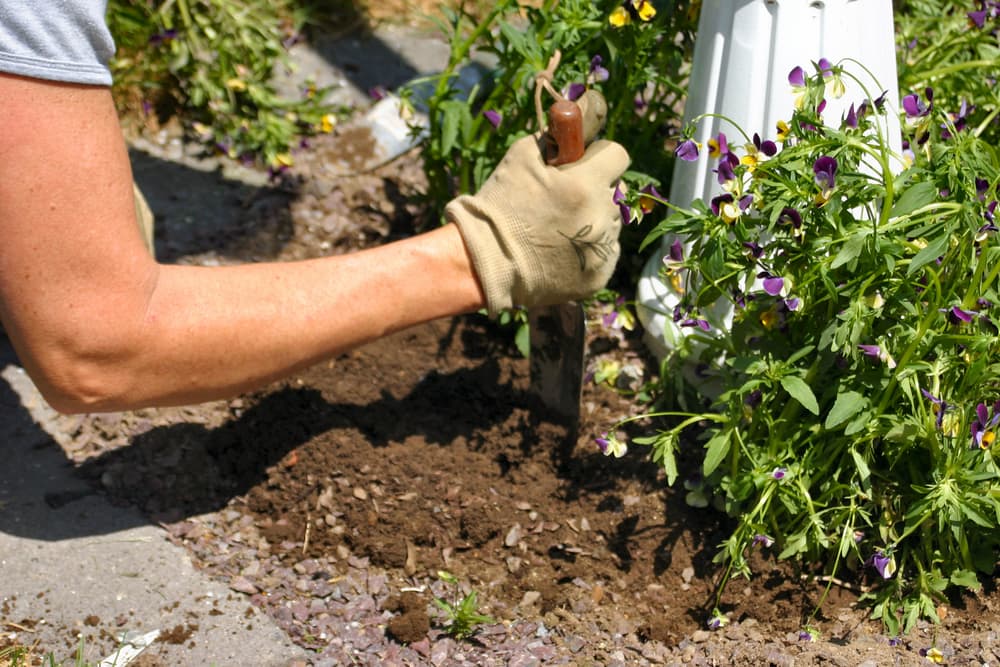
Next, ease a spade or fork in under the existing plant, taking care not to damage the existing root system.
Gently lift the plant up and out of the soil.
3) Shake Off Excess Soil
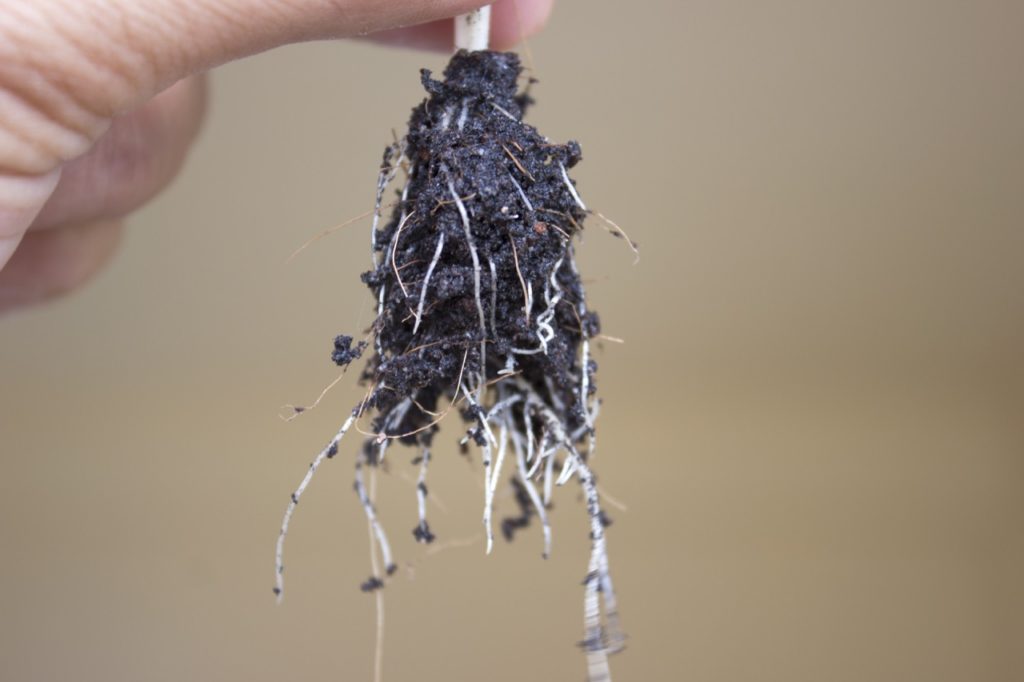
Shake the plant gently and remove any large clumps of soil so that you can see the roots clearly.
Check the roots to make sure that there are not any signs of damage or disease.
4) Divide Into Sections
Once you are satisfied that there are not any issues with the roots, simply pull the plant apart into sections.
Each section should have a healthy portion of roots and crown growth.
Usually, Astrantia is fairly easy to pull apart into divisions by hand.
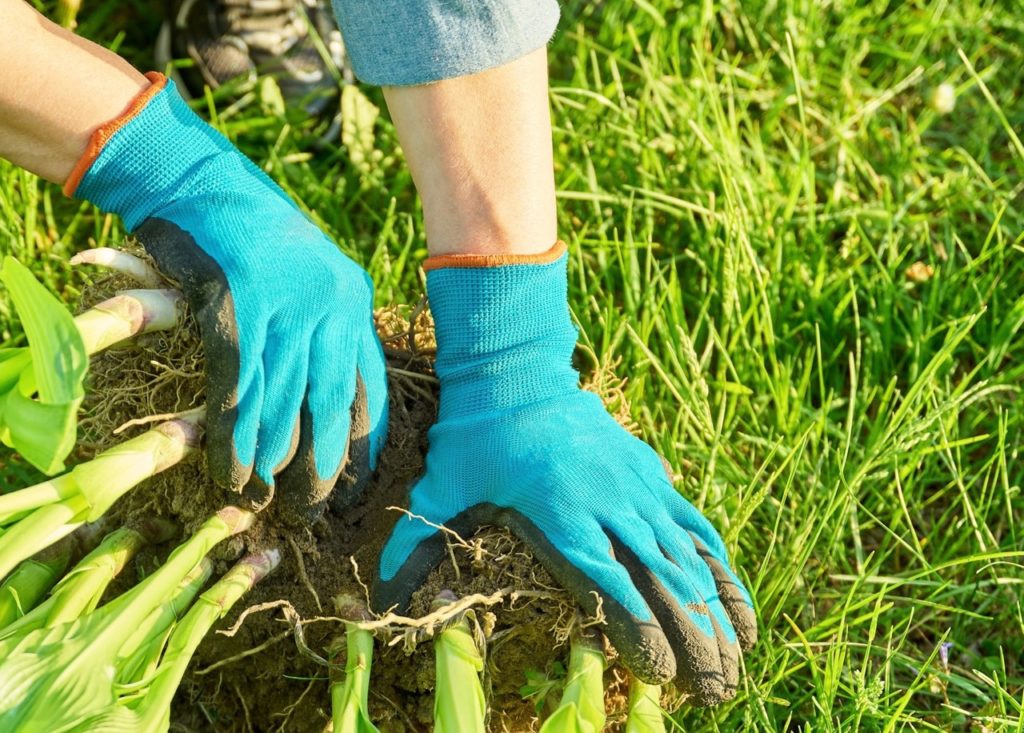
However, where thicker roots are tangled or difficult to divide, you can slice down through the root system with a sharp spade.
You can create a few new plants to replant in your garden or a number of smaller divisions which can be potted up and grown on before you plant them out in their final locations.
5) Replant The Divisions
Whether you have larger divisions to plant out in the garden or are planting smaller divisions into pots to grow on, it is important to get the plant sections back into the soil or a suitable growing medium as soon as possible.
The quicker and more streamlined the process, there’s less chance of the plants experiencing transplantation shock.
“The fibrous roots of Astrantia dry out quickly in the open air and I’ve found this impedes the divisions from growing away quickly,” shares Roy Nicol, who has received the Master of Horticulture status from the Royal Horticultural Society.
“If plants cannot be replanted immediately, they can be put in a tub of water for an hour or two.
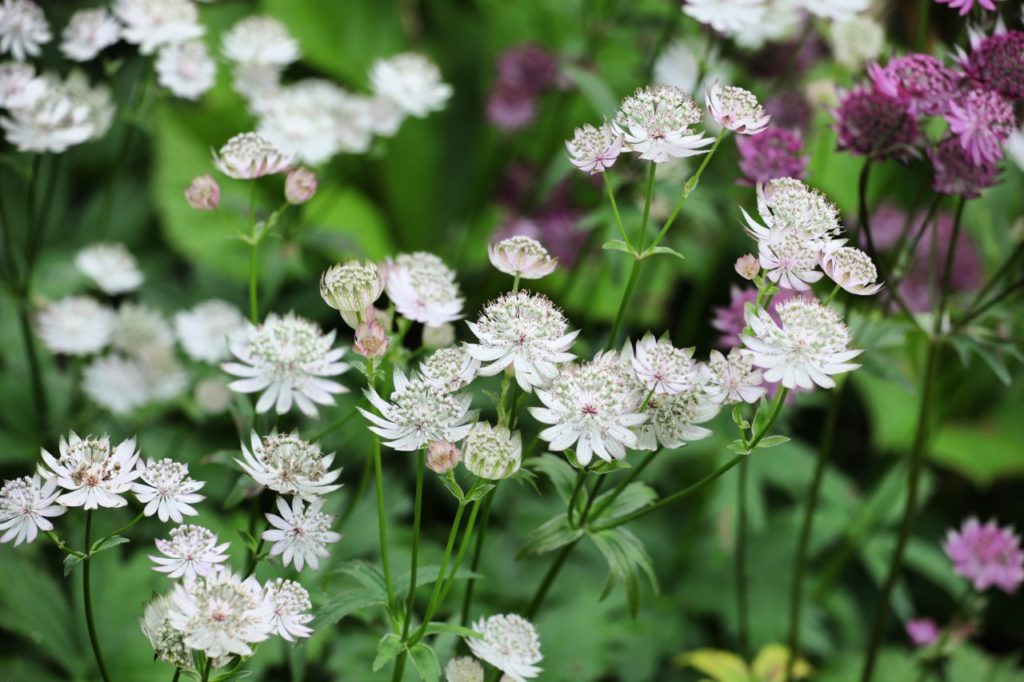
“This will ensure the roots are hydrated and will help the new plants to grow on.”
As long as you take care to choose the right location to grow your divisions, these new plants should establish themselves relatively quickly.
Just make sure that you keep them well watered, especially during drier periods over their first growing season.
Following these simple steps is an easy and straightforward way to obtain new Astrantia plants for your garden or perhaps to even give away to family or friends.
As mentioned above, the process of division will also help keep mature Astrantia plants in your garden healthy and happy by preventing problems, such as powdery mildew that is associated with overcrowding, in your beds or borders.
